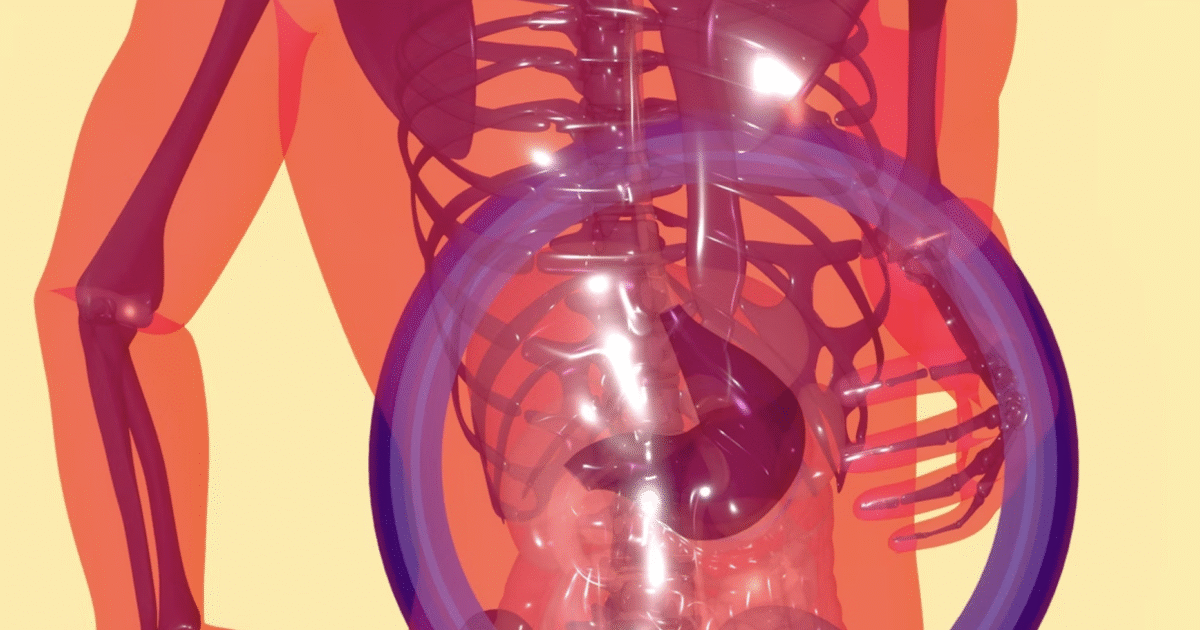Chinese researchers are developing the world’s first humanoid robot capable of simulating pregnancy, with a prototype expected to launch in 2026.
The device, created by Guangzhou-based Kaiwa Technology, features an artificial womb integrated into a robotic abdominal module to replicate the full gestation.
The artificial womb is an advanced incubation pod that mimics the conditions of a uterus and is designed to handle the full human pregnancy cycle, from conception to birth.
Priced below 100,000 yuan, or about $14,000, the robot aims to assist infertile couples and individuals who prefer to avoid biological pregnancy, especially young women who wish to have children.
Kaiwa Technology founder Zhang Qifeng, who earned his PhD from Singapore’s Nanyang Technological University in 2014, announced the project at the 2025 World Robot Conference in Beijing.
The company, established in 2015, has previously produced service and reception robots.
Zhang described the technology as mature, noting that the artificial womb would use amniotic fluid and nutrient hoses to support fetal growth.
The robot builds on existing artificial womb research, including a 2017 experiment at the Children’s Hospital of Philadelphia where premature lambs grew in a “biobag” filled with synthetic amniotic fluid.
In that study, published in Nature Communications, lambs developed normally over four weeks with nutrients supplied via umbilical cord tubes.
However, experts emphasize that replicating human pregnancy involves complex hormonal and immune interactions not yet fully achievable. Details on how Kaiwa Technology will surmount these challenges is not available yet.
News of the development trended on Weibo, garnering over 100 million views.
Supporters highlighted potential benefits for women’s liberation from pregnancy burdens and new options for infertility treatment.
Critics raised concerns about ethical issues, including fetal-maternal bonding and the sourcing of eggs and sperm.
Infertility rates in China have risen from 11.9% in 2007 to 18% in 2020, according to a report in The Lancet.
In response, cities like Beijing and Shanghai have expanded medical insurance to cover in vitro fertilization and artificial insemination.
Zhang stated that the robot could help address demographic challenges by providing alternatives to traditional methods.
The project team has engaged with Guangdong Province authorities on policy and legislation to address legal and ethical questions.
Zhang did not detail specifics on fertilization or embryo implantation processes in public statements.
As the pregnancy robot project advances in China, it draws parallels to Aldous Huxley’s 1932 novel “Brave New World,” where human reproduction occurs entirely through artificial means in state-controlled hatcheries, eliminating traditional family structures.
While the technology aims to address modern infertility challenges, it prompts ongoing reflections on the ethical boundaries of innovation in human biology.
The post China Unveils World’s First Pregnancy-Simulating Humanoid Robot appeared first on The Gateway Pundit.











